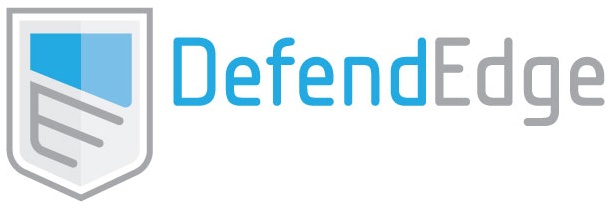The Target: Patient and Employee Data
Healthcare, biotech, and pharma industries you are the target. Cyber-criminals and malicious insiders are eager to steal your data, but especially your Intellectual Property (IP). In fact, the highest percentage (48.4%) of breached records in 2016 was in the Medical/Healthcare industry, according to the Identity Theft Resource Center.1
Understanding the latest industry cyber threats is the first step in better protecting your organization against these destructive cyber attacks. Intel Security’s McAfee Labs took a deep dive into the dark web and reported their findings in the report McAfee Labs Health Warning2. We’ve summarized a few key points from the publication to help you better protect your organization.
The Business of Cybercrime
The business of cybercrime; a marketplace where everything has a price and cybercriminals want to turn a profit and get a return of investment on their time and their tools. Sellers openly advertise their illegal wares and are even reviewed for their services.
Medical records are particularly valuable in this marketplace because they contain not only personal health information {PHI}, but also financial information. Healthcare data also has a longer shelf life than financial services data, which is more time sensitive because victims are quickly made aware of the crime and replace their cards, etc. Healthcare data also offers a way for the black hackers to sell the data to different markets, selling medical records to one buyer, and the financial data to another.
Cybercrime-as-a-Service
It isn’t just your data being sold. Cybercrime-as-a-service is also active in the healthcare sector, with evidence that hacking tools and vulnerabilities are being sold and organizations are being compromised as a service to outsiders according to the McAfee report.
Cybercriminals are also purchasing or renting products that enable cyber attacks. These include exploits and exploit kits that fuel an enormous number of infections across the world.
They are also seeking insiders within healthcare organizations to help them carry out criminal acts. A recent Ponemon Institute report indicated that 20% of medical identity theft was due to malicious insiders.
Intellectual Property
The economic value of healthcare, pharma and biotech intellectual property is exponentially higher than the sale of records and a driver of crime. Malware attacks are used to obtain the IP. The attacks may begin with spear phishing to obtain valid email addresses. This phishing attack is then followed by the installation of malware when a recipient clicks on the link.
Protecting Data
Protecting medical data and personal information is even more challenging than in other industries like financial services. For example, when Target was breached, compromised cards were cancelled and new payment cards were reissued. The recovery strategy isn’t as simple when you are dealing with medical records and more personal information.
|
The biggest worry of healthcare organizations:3 |
|
|
|
|
|
|
|
|
|
Being Forewarned is Being Forearmed
Being aware of potential cyber threats provides the information you need to take a proactive defense against potential cybercrime. As they say, the best defense is a good offense.
Sources:
1Identity Theft Resource Center, “Data Breach Category Summary,” November 1, 2016
2McAfee, Part of Intel Security, “Health Warning: Cyberattacks are Tageting the HealthCare Industry,” October, 2016
3Dark Reading, “Healthcare Suffers Estimated $6.2 Billion in Data Breaches,” May 12, 2016
